Congo puffer - Tetraodon miurus
Scientific name: Tetraodon miurus
Common name: Congo puffer
Family: Tetraodontidae
Usual size in fish tanks: 12 - 14 cm (4.72 - 5.51 inch)
014
Recommended pH range: 6.7 - 7.7
Recommended water hardness: 6 - 20°N (107.14 - 357.14ppm)
0°C 32°F30°C 86°F
Recommended temperature range: 23 - 27 °C (73.4 - 80.6°F)
The way how these fish reproduce: Spawning
Where the species comes from: Africa
Temperament to its own species: aggressive/territorial
Temperament toward other fish species: aggressive/territorial
Usual place in the tank: Bottom levels
Diet
The Congo Puffer (Tetraodon miurus) is a carnivorous species that primarily feeds on live prey in the wild. In captivity, they thrive on a diet of protein-rich foods such as earthworms, shrimp, and other small, meaty items. While some puffers consume snails, the Congo Puffer typically does not, so alternative protein sources, such as shelled crustaceans and small fish, should be provided to support dental health. Varying their diet is essential for optimal health, and care should be taken to avoid overfeeding, as they can be prone to obesity. Offering food every two to three days is generally sufficient.
Origin
The Congo Puffer is native to the Congo River Basin in Central Africa, particularly in the Democratic Republic of Congo. These fish are found in slow-moving or still waters with sandy or muddy bottoms, where they lie in wait for passing prey. Their natural habitat consists of warm, slightly acidic to neutral, and soft to moderately hard water, which should be replicated in the aquarium to keep them comfortable.
Breeding
Breeding the Congo Puffer in captivity has not yet been documented, likely due to their solitary and highly territorial nature. In the wild, they are thought to be egg scatterers, releasing eggs over a wide area in the substrate. However, more information on their breeding habits remains unknown, and attempts to breed them in home aquariums have not been successful.
Sexing
There are no distinguishable visual differences between male and female Congo Puffers, making sexing difficult. Since this species has not been bred in captivity, there is limited information on identifying sexual characteristics.
Special Information
The Congo Puffer is an ambush predator, known for its unique behavior of burying itself in the substrate, leaving only its eyes and mouth exposed as it waits for unsuspecting prey. A sand substrate is essential to allow the puffer to engage in this natural behavior. This burying habit not only allows them to hunt effectively but also provides a sense of security. Avoid using sharp or coarse substrate, as it can damage their delicate skin.
Tank Requirements
The Congo Puffer is highly territorial and best kept in a single-species tank. If housed with other fish, they are likely to become aggressive or view smaller tankmates as prey. A minimum tank size of 75 liters (20 gallons) is recommended for a single Congo Puffer. The tank should have a sand substrate, smooth rocks, and plenty of hiding spots. Adding leaf litter or driftwood can enhance the habitat by mimicking the river floor, encouraging natural behavior and providing extra cover. Moderate filtration is ideal to avoid disturbing their substrate burrowing behavior. Maintaining a water temperature between 23-27°C (73.4-80.6°F), a pH of 6.7-7.7, and water hardness between 6-20°N (107.14-357.14 ppm) is ideal.
Lifespan
With proper care, Congo Puffers can live 5–10 years in captivity. Maintaining high water quality, a suitable diet, and a low-stress environment are essential to their longevity.
Short Description
Tetraodon miurus, commonly known as the Congo Puffer or Miurus Puffer, is a unique ambush predator native to the Congo River Basin in Africa. Known for its distinctive behavior of burying itself in the substrate to hunt, this pufferfish has a solitary, highly territorial nature, making it unsuitable for community setups. A fascinating addition to species-only tanks, the Congo Puffer requires careful handling and an enriched environment to thrive, making it an ideal choice for experienced aquarists.
Pictures
Bought by aqua-fish.net from jjphoto.dk. Other pictures were provided by Darryl. Thanks!
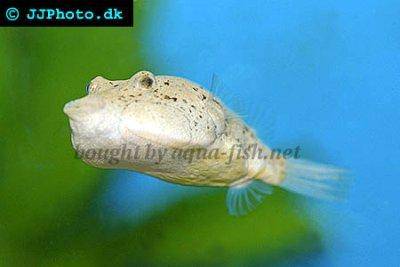










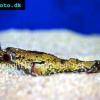 Red
Red 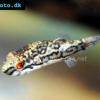 Striped
Striped 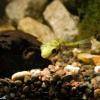 Malabar
Malabar 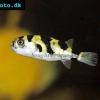 Amazon
Amazon 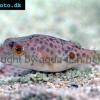 Red-spot
Red-spot 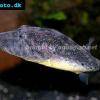 Bailey’s
Bailey’s 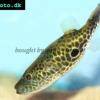 Thai
Thai 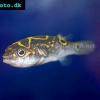 Figure
Figure 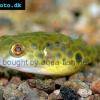 Fang’s
Fang’s 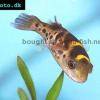 Green
Green  Coral
Coral 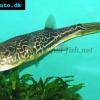 Giant
Giant 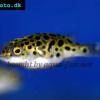 Green
Green 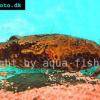 Humpback
Humpback  Mekong
Mekong 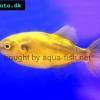 Bronze
Bronze